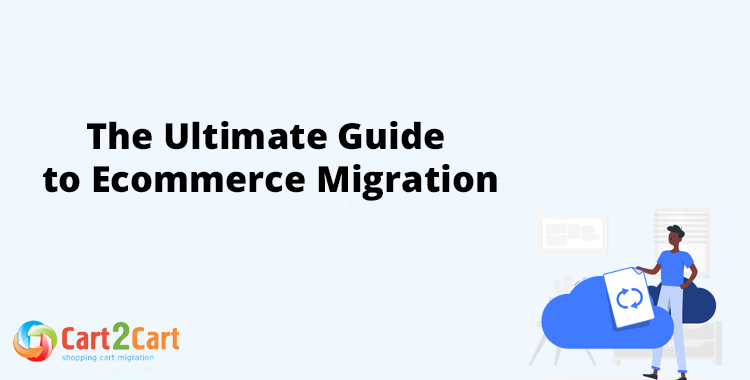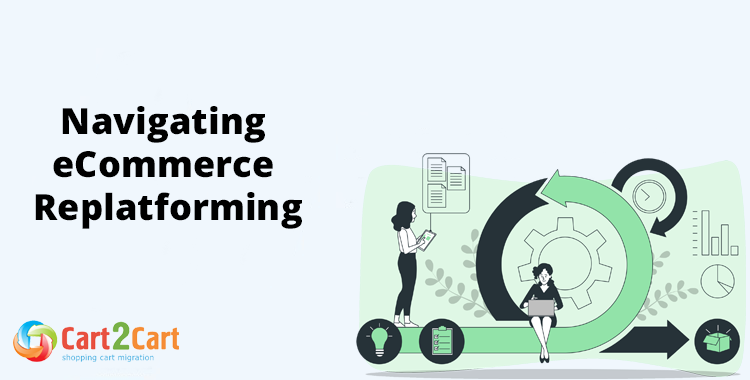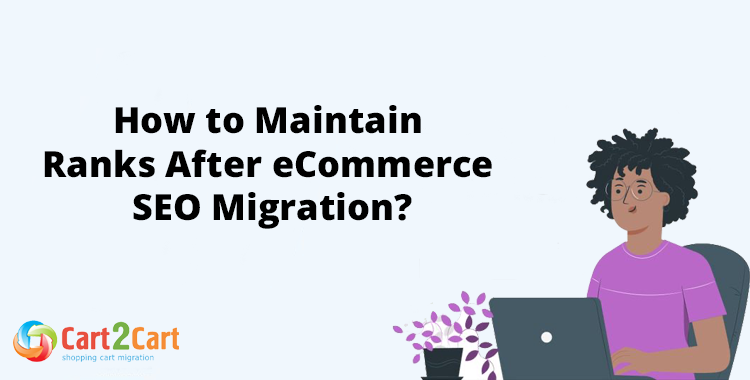WP e-Commerce Migration
Considering a WP e-Commerce Migration? Cart2Cart offers a fully automated, secure, and fast solution to migrate from WP e-Commerce to a better platform, typically completed in just a few hours. Our comprehensive service guarantees zero downtime for your source store, ensuring uninterrupted sales. We expertly transfer all your crucial data – products, customers, orders, SEO URLs, and more – with precision and care. Trust Cart2Cart, the industry leader in e-commerce migration, to handle your WP e-Commerce migration with unparalleled expertise and ensure a seamless transition.Supported versions: WP e-Commerce 3.15.1

How to Migrate to WP e-Commerce
This step-by-step guide details how to securely migrate to WP e-Commerce from any other e-commerce platform using Cart2Cart, ensuring complete data integrity for your online storefront.
- Register and Initiate: Create a Cart2Cart account to begin your platform switch. This initial step is free and takes only a minute.
- Connect Your Source Store: Provide the credentials for your current platform to allow secure API access for the data transfer.
- Connect WP e-Commerce Target Store: Download the Cart2Cart Connection Bridge, unzip it, and upload the 'bridge2cart' folder to your WP e-Commerce store's root directory via FTP.
- Select Data and Options: Choose which data entities to move, including products, SKUs, and customer orders. Configure crucial options like 301 redirects to preserve your SEO rankings.
- Run a Free Demo Migration: Launch a free test transfer to move a limited set of your data. This allows you to check the results and data integrity directly in your new WP e-Commerce store before the full replatforming.
- Launch the Full Migration: Once satisfied with the demo, start the full migration. The process runs on our servers, ensuring no downtime for your business.
Pro-Tip: Please note that during this transition, multi-store features have known limitations and specific SEO options for blogs are not included in the standard migration package.
Automated migration
Just set up the migration and choose the entities to move – the service will do the rest.
Try It Free
Data Migration Service Package
Delegate the job to the highly-skilled migration experts and get the job done.
Choose Package
What data can be migrated from/to WP e-Commerce
-
Products
-
Product Categories
-
Customers
-
Orders
-
Coupons
Choose all the extra migration options and get 40% off their total Price
We’re committed to protecting our customers’ data security. Check out our Security Policy
The Cart2Cart service has all the necessary functionality to migrate store databases on WP e-Commerce of any size and complexity. Below are the most popular migration directions among our customers:
Help Center
Let’s figure out everything about WP e-Commerce migration through
Cart2Cart.
Discover our checklist, related articles, and answers on frequently asked questions.

 June 7, 2023
June 7, 2023 The Ultimate Guide to eCommerce Migration: How-To Directions and Best Practices
Read full articlePay only for what you migrate - the cost depends on the number of records to be moved
Get Your Instant WP e-Commerce Migration Cost Estimate
Use our intuitive tool to instantly understand your specific WP e-Commerce migration cost. Get transparent WP e-Commerce migration pricing and a clear WP e-Commerce migration price breakdown, empowering you to confidently plan your seamless transition.
WP e-Commerce Monthly Pulse: A Study in Stability and Legacy Support
In an e-commerce landscape defined by relentless innovation and disruption, the narrative for WP e-Commerce this month is one of deliberate stability and continued service to its established user base. While newer platforms chase market share with rapid feature releases, our analysis reveals a platform focused on its core role as a dependable, long-standing solution for a specific segment of the WordPress market. For business leaders whose operations are built upon this mature foundation, the key takeaway is consistency and predictability in a volatile digital world.
Market Footprint and Niche Positioning
WP e-Commerce continues to hold a legacy position within the WordPress ecosystem. Current market analysis places its active install base well below the major players, a reflection of its maturity rather than a decline in utility for its core users. This is not a story of aggressive growth, but of strategic incumbency. The platform's value proposition is no longer about acquiring new, high-growth merchants, but about providing a stable and understood environment for the thousands of businesses that have relied on its architecture for years. For these merchants, the platform's predictability is its most valuable asset, insulating them from the often-disruptive update cycles of its competitors.
Core Infrastructure & Architectural Reliability
This month saw no significant updates to the core WP e-Commerce codebase, a data point that underscores the platform's current lifecycle phase. It continues to operate on its proven and mature architecture, which has been refined over more than a decade. For merchants, this translates directly to unmatched operational predictability. There are no new features to learn, no breaking changes from API updates, and no risk to deeply integrated custom workflows. The performance, while not leading-edge, remains consistent and sufficient for the businesses it serves, prioritizing uptime and reliability over incremental speed gains that could introduce instability.
The Established Extension Ecosystem
The developer and application ecosystem for WP e-Commerce is best described as mature and complete. While the pace of new third-party extension development has ceased, the existing library of integrations for essential functions like payment gateways and shipping logistics remains robust and functional. This month, the focus remained on ensuring compatibility with the latest stable versions of WordPress and PHP. This strategy ensures that mission-critical functionality is preserved, allowing merchants to continue operating without interruption. The platform's strength lies not in a growing app store, but in the proven resilience of its existing, purpose-built tools.
Sustaining Core Commerce Functionality
In lieu of a flagship feature release, the platform's primary achievement this month was the uninterrupted delivery of its core commerce engine. The strategic value here cannot be overstated. For a business leader managing a site on WP e-Commerce, the most important "feature" is the continued, flawless processing of orders, management of inventory, and secure handling of customer data. This month's story is one of sustained operational excellence. The platform is delivering on its implicit promise: what worked yesterday will continue to work today, providing a solid foundation for established online businesses.
A Foundational Security Posture
Security for a mature platform like WP e-Commerce is a function of its stable codebase and its integration within the broader, actively maintained WordPress environment. With a minimal attack surface due to its lack of frequent code changes, the platform's security is bolstered by WordPress core updates, server-level protections, and standard security best practices. This approach provides trust through stability. High-volume merchants can be confident that the platform's vetted code, combined with a secure hosting environment, offers a powerful defense against common threats without the risks inherent in newly-deployed, untested features.
Enduring Global Commerce Capabilities
While no new international features were introduced, it is crucial to recognize the platform's long-standing, built-in support for global commerce. Its foundational architecture was designed from early on to handle multiple currencies, complex tax rules, and international shipping zones. These native capabilities continue to serve the platform's existing merchants who have an established global customer base. This enduring functionality is a testament to the platform's original design and serves as a reminder that a solid international foundation does not require constant iteration to remain effective for a stable user base.
The Archetype of the Loyal Merchant
This month, the most compelling story is not of a brand migrating *to* WP e-Commerce, but of the thousands who resolutely stay. Consider the archetype: a specialized B2B supplier with years of order history and highly customized pricing rules, or a niche digital goods vendor with workflows deeply integrated into the platform's hooks. For these businesses, the platform is more than a tool; it is a core part of their operational DNA. They likely chose WP e-Commerce for its simplicity and customizability years ago, and they stay because the cost and operational risk of migration far outweigh the marginal benefits of a newer system. Their continued loyalty is the strongest possible endorsement of the platform's long-term stability and reliability.
Source: Analysis based on public WordPress repository data, historical version tracking, and qualitative assessment of the WordPress e-commerce market landscape.
Just set up the migration and choose the entities to move – the service will do the rest.
Try It FreeDelegate the job to the highly-skilled migration experts and get the job done.
Choose Package

















